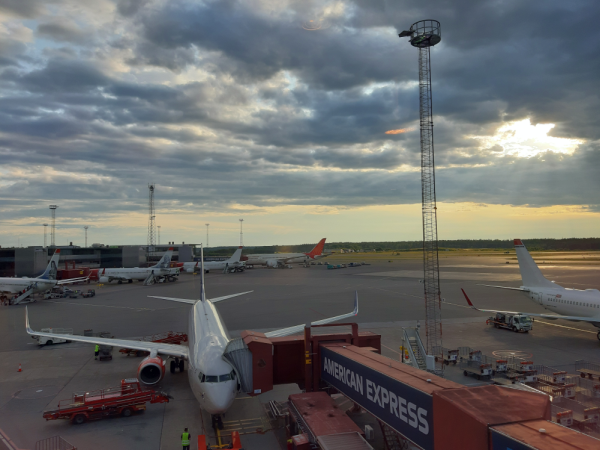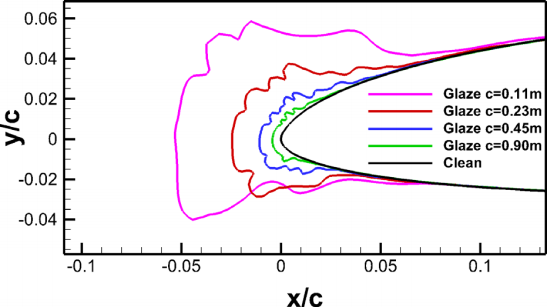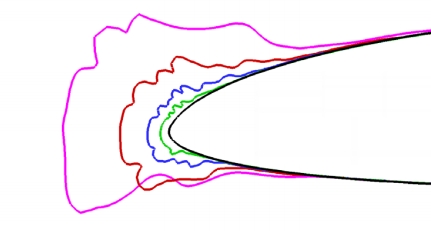Are unmanned aircraft more sensitive to icing compared to manned aircraft?
My latest paper investigates the sensitivity of unmanned aircraft to icing in comparison to manned aircraft. Differences in airframe size and airspeed can lead to substantially different icing performance penalties.
Think of a “normal” aircraft. Chances are that you are thinking of something that is officially called a “large transport aircraft” – a jet or turboprop aircraft that is mainly used for passenger transportation. Now think of an unmanned aircraft. Maybe you think of a small quadcopter, the type of which are sold commercially. Or maybe of a large military fixed-wing aircraft that is often seen in the news. Or maybe you think of something completely different.

In fact, while most manned aircraft are kind of similar to each other (with exceptions of course), UAVs come in a very large variety of shapes and sizes. The smallest unmanned aircraft can have a size in the order of centimeters, while the largest have wingspans that are comparable to “normal” manned aircraft.
When it comes to the risk of in-flight icing, airframe size and airspeed are two important parameters. Research has shown that these two parameters have a large influence on how much ice is accumulating on airfoils and wings. In this new paper, we are taking this research a step further. We investigated the effect of airframe size and airspeed on the icing performance penalties that result from the ice accretions. To do this, we ran computational fluid dynamic (CFD) simulations with a software called ANSYS FENSAP-ICE.
The simulation showed that smaller airframes lead to an increase of the area-specific ice accumulation. In other words, smaller airframes collect more ice relative to their size. FENSAP-ICE also indicated that larger ice shapes tend to lead to larger performance penalties in lift, drag, and stall behaviour. In summary, this means that in identical icing conditions, a smaller airframe will accumulate more ice and generate larger icing penalties compared to a larger airframe. Small airframes are therefore more sensitive to icing.

The simulation results also show how the speed of the UAV has a large effect on aerodynamic heating. The faster an aircraft flies, the more friction it has with the air. This friction generates heat, which affects the ice accretion process. For fast aircraft, this heat may prevent ice accretion at temperatures close to the freezing point. Since UAVs are typically much slower than manned aircraft, they can encounter severe icing conditions at near freezing temperatures.

In summary, this paper show that unmanned aircraft can be considered more sensitive to icing. Icing conditions that a large and fast manned aircraft experiences as “light” without any significant aerodynamic penalties may be very hazardous to small and slow unmanned aircraft.
Reference: Hann, R., Johansen, T.A. (2021). UAV icing: the influence of airspeed and chord length on performance degradation. Aircraft Engineering and Aerospace Technology, Vol. 95, No. 5. DOI: 10.1108/AEAT-06-2020-0127



